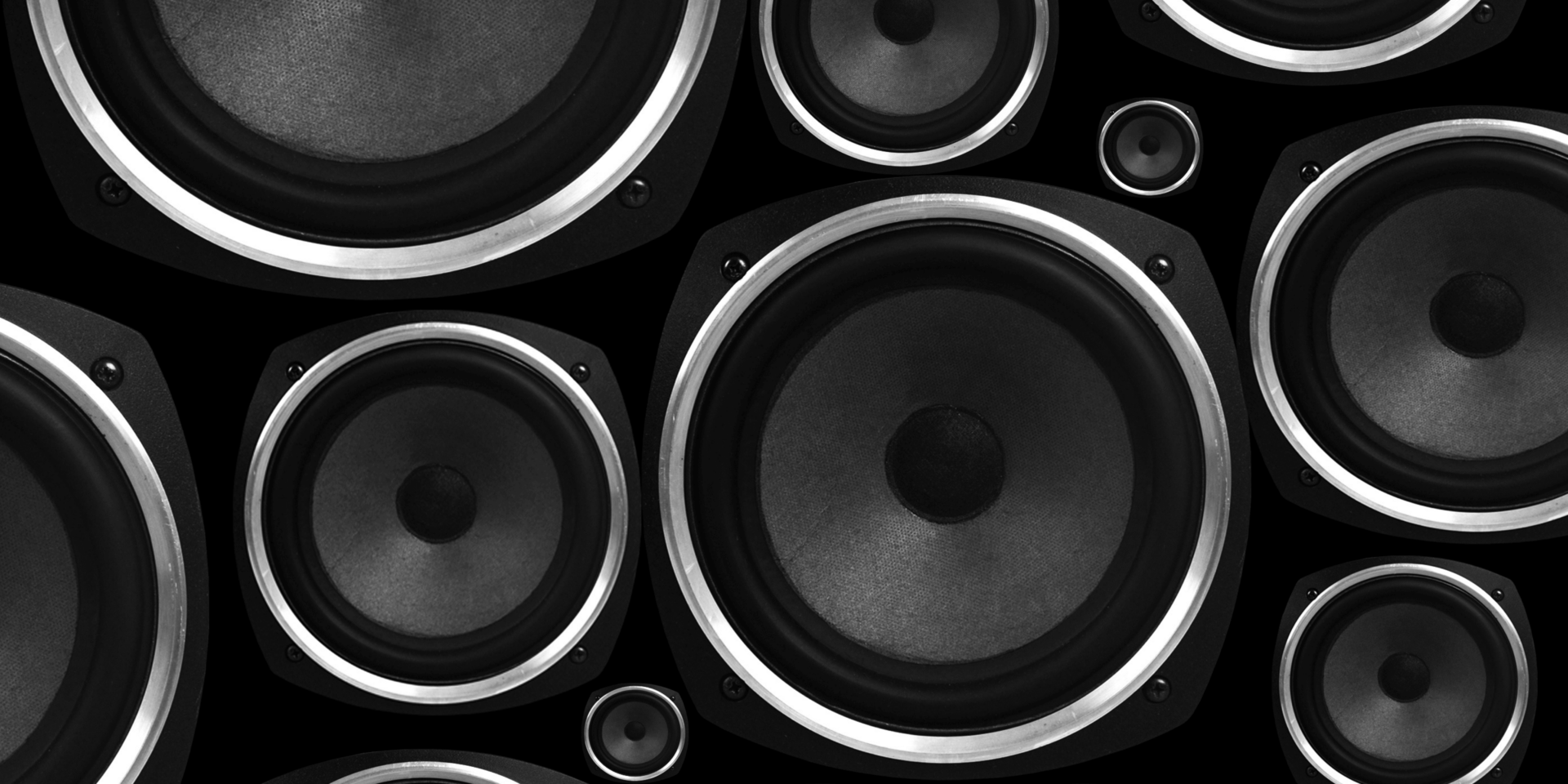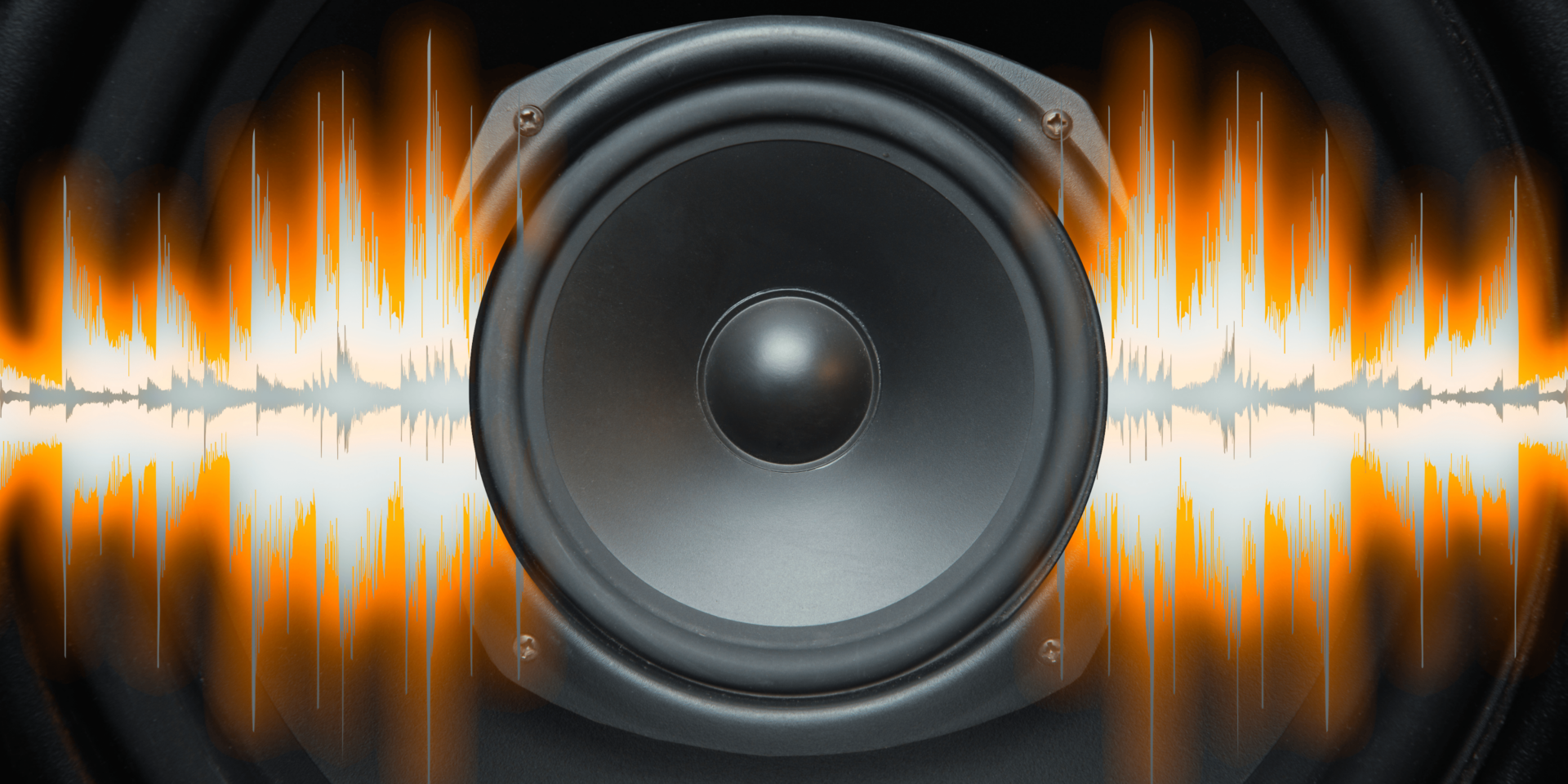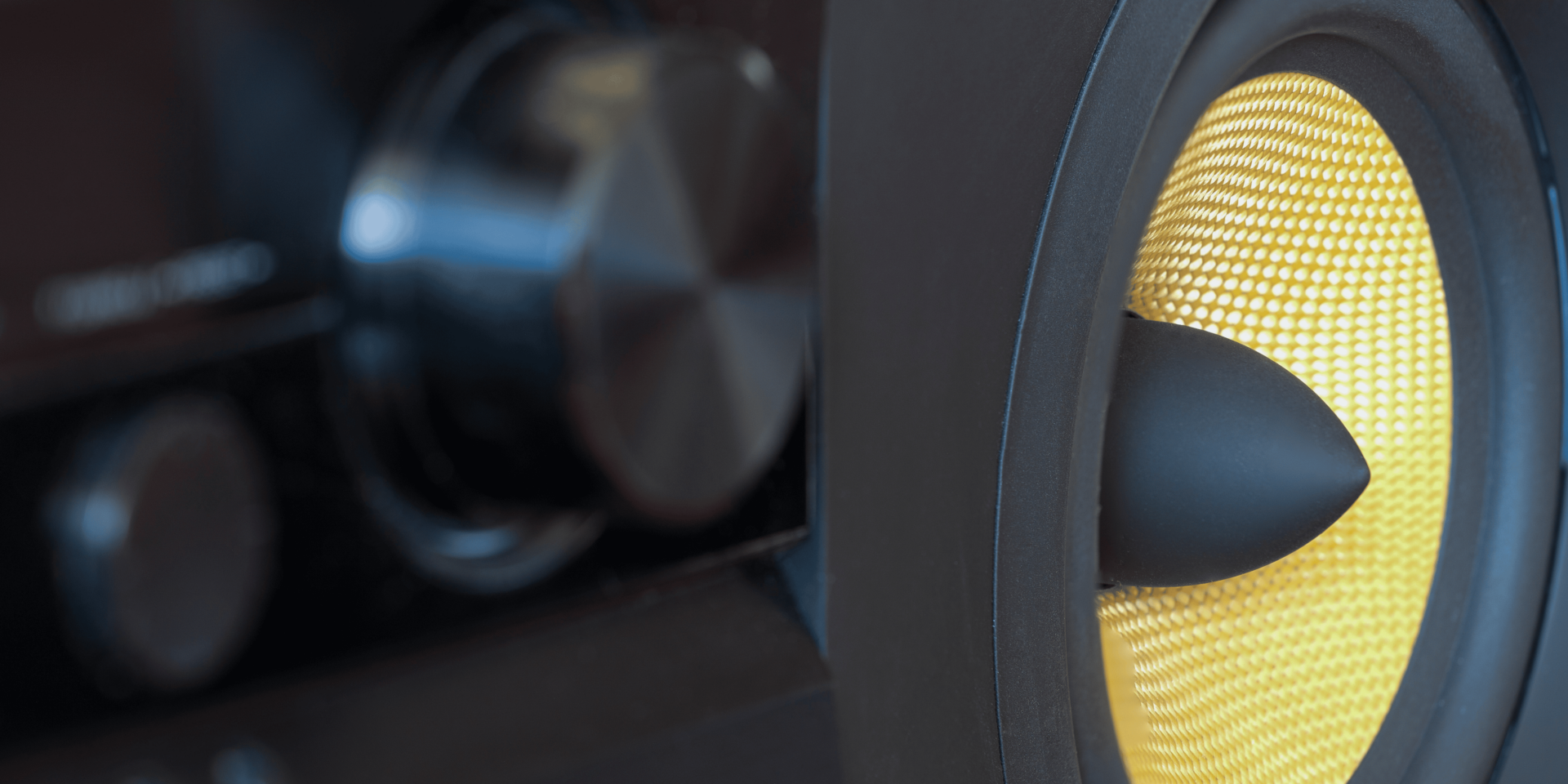-
Inside the Signal: Understanding What Your Receiver Really Does

The AV Receiver Is the Central Control Unit The AV receiver acts as the core of a home theater system. It connects all audio and video components and manages how signals move between them. When a media source sends a signal—such as a streaming device or game console—the receiver processes it. The receiver decodes the […]
-
Why Calibration Is the Hidden Hero of Home Theater Systems

Calibration Maximizes Audio Performance Home theater systems can only perform at their best when properly calibrated. Calibration ensures each speaker delivers sound at the right level and time, based on the room’s layout and the listener’s position. Uncalibrated systems often produce uneven audio. Some channels overpower others, bass may boom or vanish, and dialogue can […]
-
The Psychology Behind Speaker Placement and Spatial Perception

Speaker Placement Shapes Spatial Awareness How speakers are positioned in a room influences how listeners perceive space. Proper speaker placement affects directionality, depth, and focus in the soundstage. The brain processes sound from both ears to locate its source. When speakers are positioned correctly, the listener perceives a clear image of where each sound is […]
-
Navigating Noise: How Room Acoustics Shape Your Listening Experience

Room Acoustics Directly Affect Sound Quality The sound you hear from your speakers isn’t only shaped by the equipment—it’s shaped by the space around it. Room acoustics have a direct impact on clarity, volume, and detail. The walls, ceiling, floor, and furniture all influence how sound travels and where it reflects. Hard surfaces cause echoes. […]
-
The Real Reason You Keep Adjusting Your Subwoofer

Many audio enthusiasts find themselves constantly tweaking their subwoofer. One day the bass feels overwhelming, the next it disappears. You adjust levels, phase, or position, hoping to fix it for good—but the problem returns. The real reason this happens isn’t always your equipment. It’s your room, your layout, and your expectations. Room Acoustics Disrupt Bass […]
-
How Calibration Tools Can Mislead Your Ears

Calibration tools are designed to improve your listening experience by adjusting audio output to fit your room. However, when used without context or caution, these tools can lead to results that sound less natural, less dynamic, or simply wrong. Many listeners rely too heavily on automated calibration, assuming it will fix every audio flaw. But […]
-
When High-End Gear Doesn’t Sound High-End

Buying premium audio gear should lead to a better listening experience. But many users quickly discover that expensive speakers, amplifiers, or receivers don’t always deliver the sound they expected. The reason often has little to do with the equipment and everything to do with how it’s set up and used in a real-world environment. Sound […]
-
The Hidden Bias in Speaker Measurement Charts

Speaker measurement charts often look like objective tools. They present frequency response curves, off-axis data, and distortion metrics. But despite their appearance, these charts rarely tell the full story. Hidden bias exists in how data is collected, interpreted, and presented. Understanding this bias is key to making better audio decisions, whether you’re an enthusiast or […]
-
Why Your Room Matters More Than Your Receiver

Many audio enthusiasts spend time and money picking the perfect receiver. But no matter how advanced your gear is, it won’t perform at its best if your room isn’t prepared to handle sound properly. The room—not the equipment—plays the biggest role in shaping how you hear music and dialogue. Room acoustics can either help or […]
-
The Invisible Trade-Offs in Wireless Surround Sound

Wireless surround sound has become a popular choice for home theaters. It promises fewer cables, easier setup, and a cleaner look. While these benefits are clear, the hidden trade-offs are not. To make informed decisions, you need to understand what’s sacrificed to gain wireless freedom—and how those compromises affect sound quality, system performance, and long-term […]
